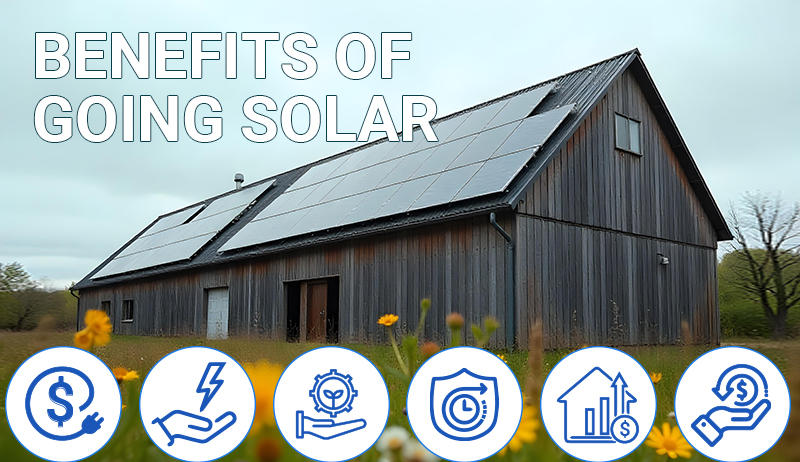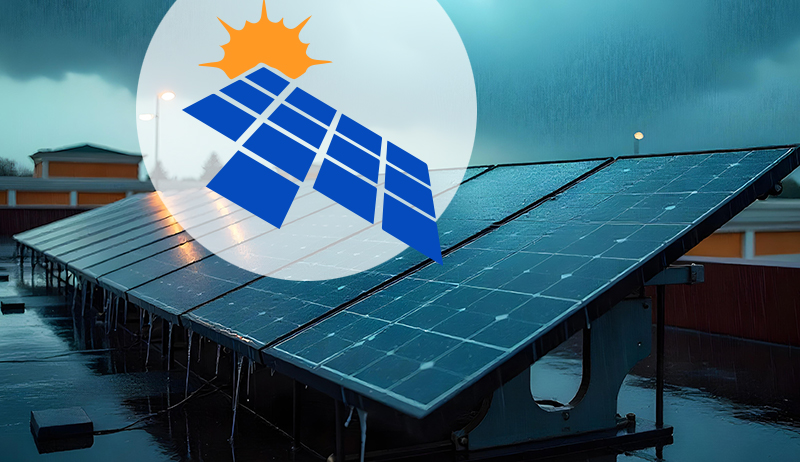Norway’s Wind Energy: A Story of Contrasts and Potential
Norway, often lauded for its clean and abundant hydropower, presents a complex picture when it comes to wind energy. Despite possessing strong wind resources, particularly offshore, its wind power sector remains nascent compared to its neighbors. Here’s a closer look at Norway’s wind energy pattern, uncovering its current state, historical trends, and future possibilities.
Present Reality:
- Dominant Hydro: Currently, wind contributes a modest 12% to Norway’s electricity mix, overshadowed by the 86% share held by hydropower.
- Onshore Focus: The installed capacity stands at 5,068 MW, entirely onshore, with projects like Fosen Vind contributing significantly.
- Offshore Lagging: Offshore wind, despite its vast potential, remains untapped, with no operating farms as of 2022.
Historical Trends:
- Gradual Onshore Growth: Onshore wind has seen steady growth in recent years, averaging around 4% annually.
- Policy Shifts: Early 2000s targets for wind expansion were initially ambitious, but public concerns and environmental impact assessments led to policy changes and project delays.
- Public Perception: While some view wind farms as necessary for diversification and climate goals, others raise concerns about visual impact and ecological disruptions.
Wind Energy in Norway: Key Statistics
Based on your request, here are some key statistics on wind energy in Norway:
Installed Capacity:
- Total: 5,068 Megawatts (MW) as of 2022 (source: Statista)
- Onshore: 5,068 MW (source: Statista)
- Offshore: 0 MW (as of 2022, although there are ongoing projects)
Generation:
- Wind power contributes approximately 12% of Norway’s total electricity production (source: SSB)
- This amounts to around 15 TWh of electricity per year (source: SSB)
Growth:
- Onshore wind capacity has been steadily increasing in recent years, with an average annual growth rate of around 4% (source: Statista)
- The government is pushing for significant growth in offshore wind, with the potential for up to 30 GW of additional capacity in the coming decades (source: Norwegian Ministry of Petroleum and Energy)
Other Interesting Facts:
- Hydropower remains the dominant source of electricity in Norway, accounting for over 86% of production (source: SSB)
- Combined, hydro and wind power contribute over 98% of the country’s electricity generation (source: Statista)
- Norway has excellent wind resources, particularly offshore, which makes it a prime location for future wind energy development..
Future Outlook:
- Renewed Focus on Offshore: The government aims to unlock the potential of offshore wind, targeting up to 30 GW of capacity in the coming decades.
- Technological Advancements: Advancements in turbine technology and floating platforms offer solutions for challenging offshore environments.
- Balancing Sustainability and Acceptance: Addressing environmental and social concerns through careful planning, community engagement, and impact mitigation will be crucial.
Wind Farms in Norway
Largest Operational Wind Farms:
- Fosen Vind (Trøndelag county): 3.6 TWh annual capacity, one of the largest onshore wind farms in Europe.
- Lista (Vestfold og Telemark county): 71.3 MW capacity with 31 turbines.
- Bjerkreim (Rogaland county): 168 MW capacity with 51 turbines.
Other Notable Wind Farms:
- Hywind Tampen (Stavanger): World’s first floating wind farm, 88 MW capacity with 11 turbines.
- Markbygden (Trøndelag): Innovative project with over 500 small wind turbines distributed across farms.
- Haramsøy (Møre og Romsdal county): 51 MW capacity with 18 turbines.
Norway aims to significantly increase wind power capacity in the coming years, contributing to its goal of becoming carbon neutral by 2050.
Key Learnings:
- Norway’s wind energy journey showcases the interplay between resource potential, policy shifts, public acceptance, and technological progress.
- While onshore development has progressed, unlocking the true potential of offshore wind requires addressing ecological and social considerations.
- Balancing these factors will be key to harnessing wind energy and diversifying Norway’s clean energy mix for a sustainable future.
https://www.exaputra.com/2024/02/norway-wind-energy-pattern.html
Renewable Energy
Trump’s Agenda Is Even Far-Reaching Than People May Think
 As Trump’s former lawyer Ty Cobb says at left, in addition to turning the United Stated into an autocratic regime, at the same time, Trump needs to alter history such that future generations don’t think he did anything wrong.
As Trump’s former lawyer Ty Cobb says at left, in addition to turning the United Stated into an autocratic regime, at the same time, Trump needs to alter history such that future generations don’t think he did anything wrong.
Yes, he has his hands full, but he’s assisted by hundreds of traitors in congress, and hundreds of millions of hateful morons in the U.S. electorate.
Renewable Energy
Victoria’s VEU Scheme Introduces New Solar Incentives for C&I Properties
Renewable Energy
Does Evil “Destroy Itself?”
What Aristotle said here is interesting, especially since there has been so must of both evil and good through the millennia. The days since Aristotle have been marked by the Golden Age of Rome (Pax Romana), the Dark Ages, the Spanish Inquisition, the Rennaissance, the Enlightenment, the end of slavery, the slaughter of the Native Americans, the post-Emancipation oppression of Black Americans, the Holocaust, and so many more major historical events.
It seems we’re just about to see what happens to the evil represented by Trump’s second term in office. It seems that the United States has re-elected a man to the highest position on Earth whose only interests are punishing his enemies, enriching himself from public office, further consolidating his power, and keeping himself out of prison.
Will this evil destroy itself?
Again, we’ll have to wait and see.
-
Climate Change2 years ago
Spanish-language misinformation on renewable energy spreads online, report shows
-
Climate Change Videos2 years ago
The toxic gas flares fuelling Nigeria’s climate change – BBC News
-
Climate Change2 months ago
Guest post: Why China is still building new coal – and when it might stop
-

 Greenhouse Gases1 year ago
Greenhouse Gases1 year ago嘉宾来稿:满足中国增长的用电需求 光伏加储能“比新建煤电更实惠”
-

 Climate Change1 year ago
Climate Change1 year ago嘉宾来稿:满足中国增长的用电需求 光伏加储能“比新建煤电更实惠”
-
Greenhouse Gases2 months ago
Guest post: Why China is still building new coal – and when it might stop
-

 Carbon Footprint1 year ago
Carbon Footprint1 year agoUS SEC’s Climate Disclosure Rules Spur Renewed Interest in Carbon Credits
-
Renewable Energy3 months ago
US Grid Strain, Possible Allete Sale






















